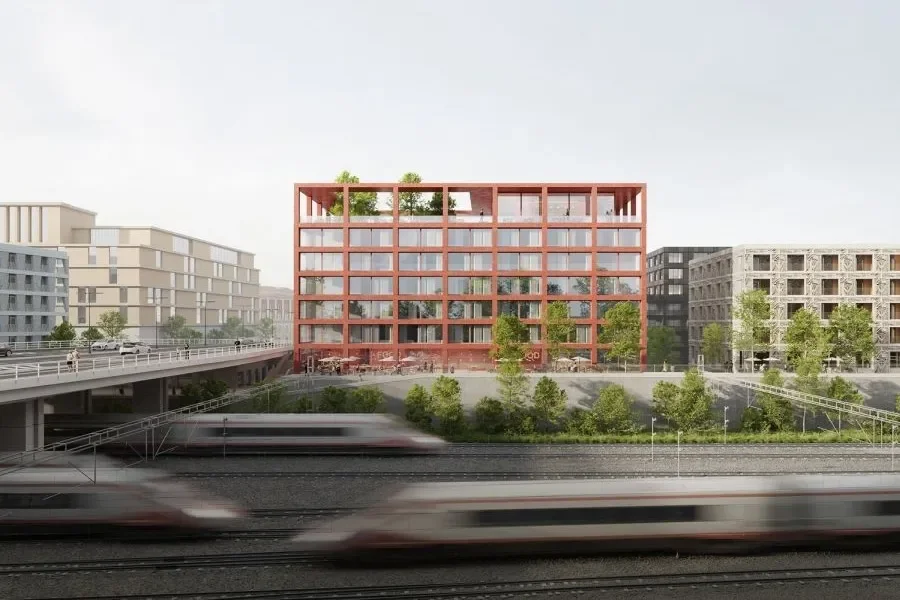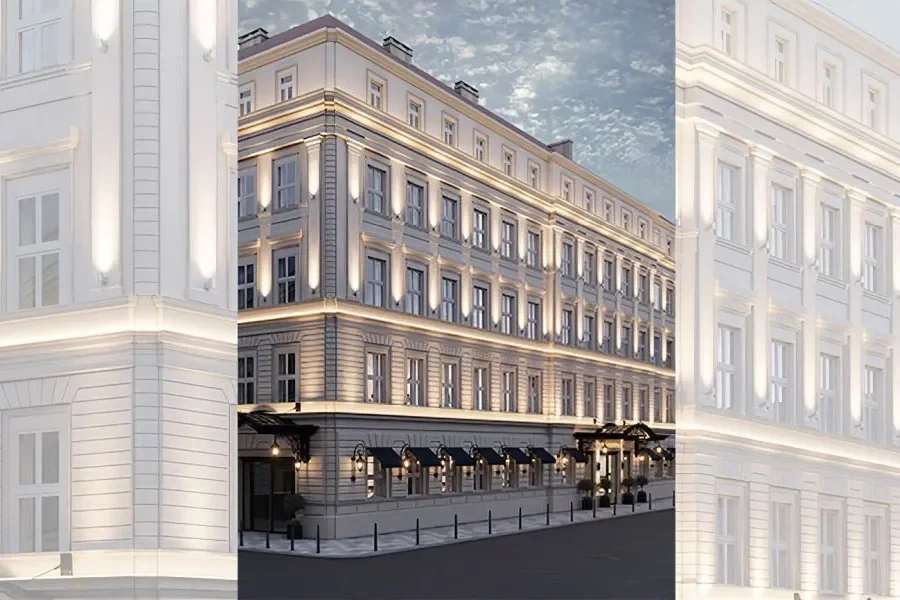
Prague Among Europe’s Least Affordable Cities for Housing in 2024
Last year, the Czech Republic ranked second to last among all European countries in terms of housing affordability, measured by the ratio between wages and the price of a new home. This year, the Czech Republic has slipped even further to last place. On average, buying a new property in the Czech Republic costs the equivalent of 13.3 gross annual salaries. Prague is also the least affordable European metropolis after Amsterdam, according to the latest data from the recently published Deloitte Property Index 2024, which annually analyses how Europeans live and the costs involved.
A key indicator of the Deloitte Property Index 2024 is the affordability of residential property in each European country. This value is calculated based on the average annual gross salary required to purchase a new, standardised home of approximately 70 square metres in each country.
“Two years ago, the Czech Republic was the worst performer. Last year, we were overtaken by Slovakia and ended up in penultimate place, but now we are again at the bottom in Europe. The affordability of housing in the Czech Republic remains poor, and it doesn’t seem likely to improve anytime soon. The most important factors that could improve housing affordability include the construction of new houses and flats, simplification of building regulations and permits, increased availability of mortgages, improvement of infrastructure, and support for development projects aimed at affordable housing,” says Miroslav Linhart, Senior Partner in Deloitte’s Financial Advisory Department.
To become the owner of a new flat, Czechs need around 13.3 gross annual salaries, the same amount as the previous year. In second place is Slovakia, which has improved by 1.4 gross annual salaries compared to the previous year. It now takes 12.7 gross annual salaries to buy a new home, marking an improvement over the Czech Republic.
Following the Czech Republic and Slovakia are Israel, Ireland, Hungary, Serbia, France, and Croatia. In contrast, the most affordable homes among the 18 EU countries analysed are currently found in Denmark, Norway, Italy, Romania, Greece, and Slovenia.
The least affordable metropolises are Amsterdam and Prague
Among all European capitals, Amsterdam in the Netherlands, which has topped the rankings in recent years, continues to have the least affordable standardised flats. Buyers in Amsterdam need to save the equivalent of 15.1 average gross annual salaries to afford a home, which is 0.7 years less than last year. Nevertheless, Amsterdam remains the least affordable city in terms of the ratio between gross income and price per square metre.
Following Amsterdam is Prague, now the second most expensive metropolis in Europe. On average, Prague residents must save the equivalent of 13.5 gross annual salaries to own their home.
After Amsterdam and Prague, Athens, Bratislava, Dublin, and Belgrade are the least affordable. Conversely, Rome and Oslo are among the most affordable cities in Europe for home ownership. Residents of these cities need the equivalent of less than eight times the average gross annual salary. They are followed by Zagreb, Warsaw, Copenhagen, and Ljubljana.
The Deloitte study also examined rental flat prices. The most expensive European cities for tenants are central London (€33.8 per square metre per month), Dublin (€31.5 per square metre), Paris (€31.3 per square metre), and Barcelona (€30.6 per square metre). Prague, where the average monthly rent rose from €14.4 to €15.9 per square metre, ranks twenty-fourth among the nearly sixty cities surveyed.
For over 13 years, the Deloitte Property Index has been one of the most important, influential, and comprehensive surveys of the European property market. It provides accurate insights into the region and is a valuable resource for property professionals, institutions, and the general public. The Deloitte Property Index analyses the key factors influencing the housing market from various national perspectives, comparing countries and cities across Europe. The primary objective is to understand how European citizens live and how much it costs them.
More from Real Estate

Florenc 21: New district around former railway site in Prague takes shape

Prague’s Nové Město to Welcome a New InterContinental Luxury Hotel

